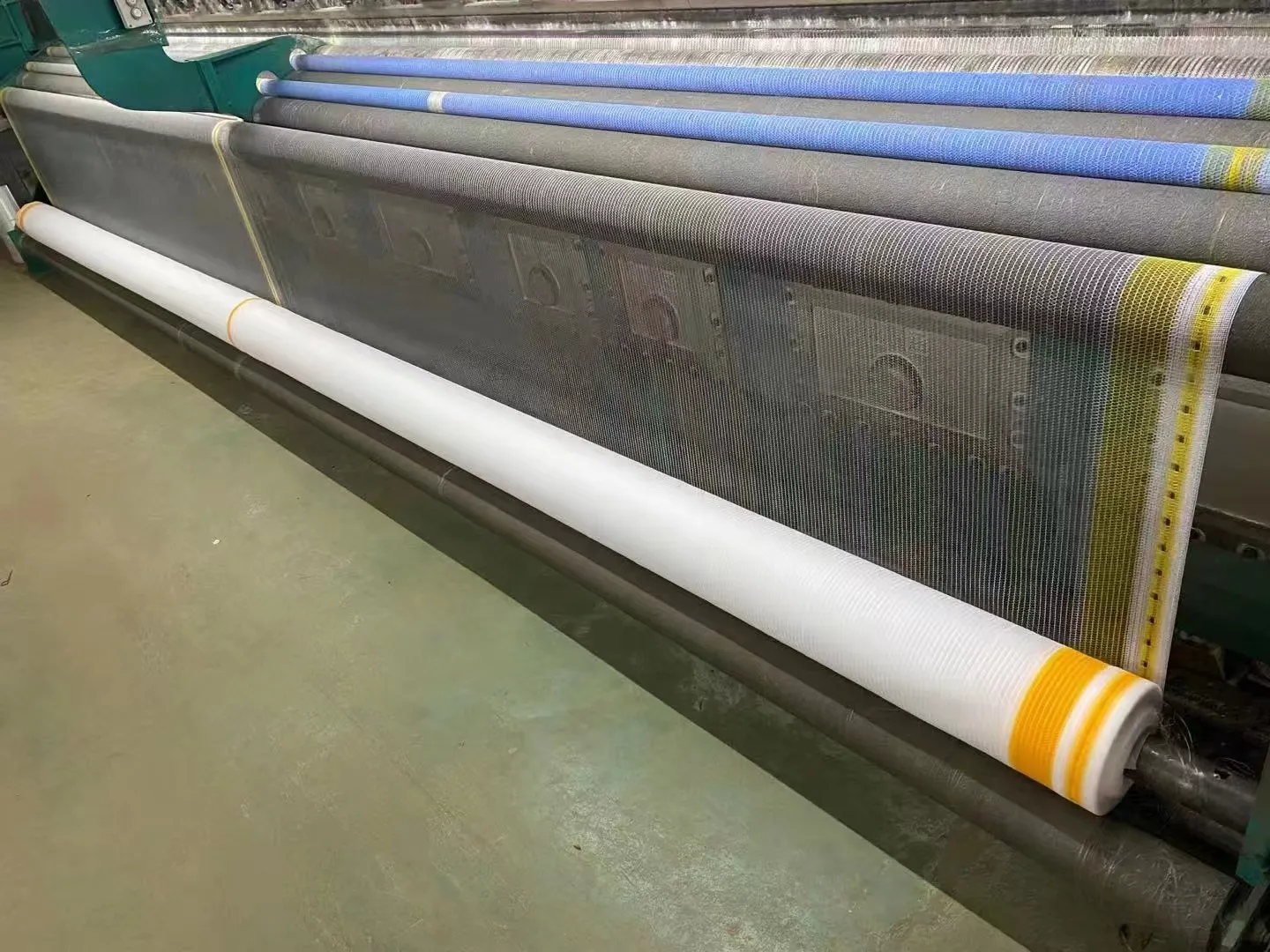-
 Afrikaans
Afrikaans -
 Albanian
Albanian -
 Amharic
Amharic -
 Arabic
Arabic -
 Armenian
Armenian -
 Azerbaijani
Azerbaijani -
 Basque
Basque -
 Belarusian
Belarusian -
 Bengali
Bengali -
 Bosnian
Bosnian -
 Bulgarian
Bulgarian -
 Catalan
Catalan -
 Cebuano
Cebuano -
 China
China -
 Corsican
Corsican -
 Croatian
Croatian -
 Czech
Czech -
 Danish
Danish -
 Dutch
Dutch -
 English
English -
 Esperanto
Esperanto -
 Estonian
Estonian -
 Finnish
Finnish -
 French
French -
 Frisian
Frisian -
 Galician
Galician -
 Georgian
Georgian -
 German
German -
 Greek
Greek -
 Gujarati
Gujarati -
 Haitian Creole
Haitian Creole -
 hausa
hausa -
 hawaiian
hawaiian -
 Hebrew
Hebrew -
 Hindi
Hindi -
 Miao
Miao -
 Hungarian
Hungarian -
 Icelandic
Icelandic -
 igbo
igbo -
 Indonesian
Indonesian -
 irish
irish -
 Italian
Italian -
 Japanese
Japanese -
 Javanese
Javanese -
 Kannada
Kannada -
 kazakh
kazakh -
 Khmer
Khmer -
 Rwandese
Rwandese -
 Korean
Korean -
 Kurdish
Kurdish -
 Kyrgyz
Kyrgyz -
 Lao
Lao -
 Latin
Latin -
 Latvian
Latvian -
 Lithuanian
Lithuanian -
 Luxembourgish
Luxembourgish -
 Macedonian
Macedonian -
 Malgashi
Malgashi -
 Malay
Malay -
 Malayalam
Malayalam -
 Maltese
Maltese -
 Maori
Maori -
 Marathi
Marathi -
 Mongolian
Mongolian -
 Myanmar
Myanmar -
 Nepali
Nepali -
 Norwegian
Norwegian -
 Norwegian
Norwegian -
 Occitan
Occitan -
 Pashto
Pashto -
 Persian
Persian -
 Polish
Polish -
 Portuguese
Portuguese -
 Punjabi
Punjabi -
 Romanian
Romanian -
 Russian
Russian -
 Samoan
Samoan -
 Scottish Gaelic
Scottish Gaelic -
 Serbian
Serbian -
 Sesotho
Sesotho -
 Shona
Shona -
 Sindhi
Sindhi -
 Sinhala
Sinhala -
 Slovak
Slovak -
 Slovenian
Slovenian -
 Somali
Somali -
 Spanish
Spanish -
 Sundanese
Sundanese -
 Swahili
Swahili -
 Swedish
Swedish -
 Tagalog
Tagalog -
 Tajik
Tajik -
 Tamil
Tamil -
 Tatar
Tatar -
 Telugu
Telugu -
 Thai
Thai -
 Turkish
Turkish -
 Turkmen
Turkmen -
 Ukrainian
Ukrainian -
 Urdu
Urdu -
 Uighur
Uighur -
 Uzbek
Uzbek -
 Vietnamese
Vietnamese -
 Welsh
Welsh -
 Bantu
Bantu -
 Yiddish
Yiddish -
 Yoruba
Yoruba -
 Zulu
Zulu
wire mesh automotive
The Role of Wire Mesh in the Automotive Industry Enhancing Performance and Safety
Wire mesh has become an integral part of the automotive industry, playing a vital role in various applications ranging from vehicle manufacturing to safety and performance enhancements. This versatile material, made from interwoven wires, offers strength, flexibility, and durability, making it suitable for various automotive parts and components.
One of the primary uses of wire mesh in the automotive sector is in the construction of filters. Especially in engines and air intake systems, wire mesh filters help to keep contaminants such as dirt, dust, and debris at bay. By ensuring a clean airflow to the engine, these filters not only enhance performance but also increase the longevity of the engine components. Manufacturers usually design these mesh filters to be washable and reusable, which contributes to reducing waste and promotes sustainability.
The Role of Wire Mesh in the Automotive Industry Enhancing Performance and Safety
Another significant application of wire mesh in the automotive field is in safety features. Advanced Driver Assistance Systems (ADAS), which include technologies such as collision avoidance systems and lane-keeping assist, often rely on sensors and cameras that must be shielded from environmental factors. Wire mesh can be utilized as protective enclosures to secure these sensitive components while allowing for necessary airflow and signal transmission. This is particularly important for sensors that require an unobstructed view for accurate functioning.
wire mesh automotive

Moreover, the use of wire mesh extends to lightweight automotive structures, which is a critical aspect of modern vehicle design. Manufacturers are increasingly focused on producing lighter vehicles to improve fuel efficiency and reduce emissions. By incorporating wire mesh into the frame or body panels, automakers can achieve significant weight reductions without compromising strength and safety. The mesh can also be strategically placed in areas requiring extra support, allowing for a more optimized design.
Wire mesh isn’t just limited to structural components; it’s also finding its way into aesthetic elements of vehicle design. Custom wire mesh grilles and inserts are popular among car enthusiasts looking to add a personal touch to their vehicles. These elements not only enhance the appearance of a car but can also improve airflow to the engine and cooling systems, providing both aesthetic and functional benefits.
In terms of regulatory compliance, wire mesh is essential in the context of environmental and safety standards. Automotive manufacturers have to adhere to strict regulations regarding emissions and safety features. Wire mesh solutions can help meet these requirements by providing robust filtration systems that reduce emissions and by serving as protective barriers for sensitive components.
The advent of electric vehicles (EVs) and hybrid technology has also opened new avenues for wire mesh applications. With the increasing focus on battery management systems and thermal management, wire mesh is being utilized in thermal heat shields and safety enclosures for batteries. These applications not only protect the battery from physical damage but also help manage heat dissipation, thereby extending battery life and improving overall vehicle performance.
In conclusion, wire mesh is a multifaceted material that plays a critical role in the automotive industry, influencing everything from safety and performance to design and sustainability. Its versatility and adaptability make it a preferred choice for various applications, helping manufacturers meet the demands of modern vehicle technology while ensuring compliance with regulatory standards. As the automotive industry continues to evolve with advancements in technology and materials science, the importance of wire mesh is likely to only increase, further solidifying its position as a cornerstone of vehicle design and functionality. The future of automotive innovation seems promising, with wire mesh playing a pivotal role in shaping safer, more efficient, and sustainable vehicles.
-
Shipping Plastic Bags for Every NeedNewsJul.24,2025
-
Safety Netting: Your Shield in ConstructionNewsJul.24,2025
-
Plastic Mesh Netting for Everyday UseNewsJul.24,2025
-
Nylon Netting for Every UseNewsJul.24,2025
-
Mesh Breeder Box for Fish TanksNewsJul.24,2025
-
Expanded Steel Mesh Offers Durable VersatilityNewsJul.24,2025











